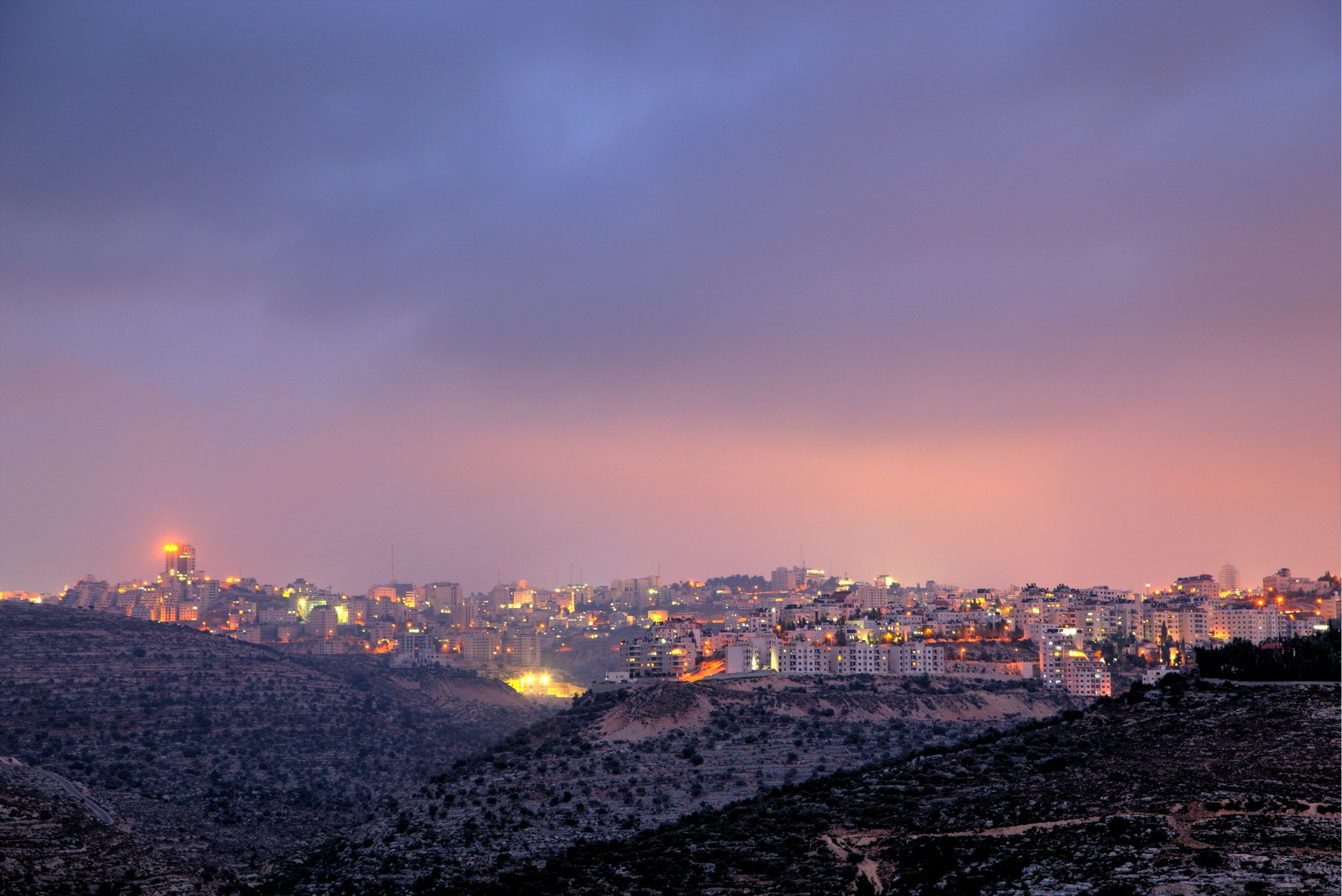Publications

Political orientation and civil liberties in Palestine
The research at hand is the first of its kind in Palestine in terms of its complexity and magnitude. Our sample is made of 2,256 respondents from across the West Bank, Gaza and East Jerusalem, collected at 62 localities using random stratified sampling. The research uses international best practices to understand political orientation in Palestine today. We use the Moral Foundations Questionnaire (MFQ) as a tool to measure moral leanings and then cross-tabulate it with demographic, political, social, and economic views to pinpoint the relationship between morality, ideology, and political views.
Today, there is a serious gap in political psychology research in Palestine, even when it comes to less complex survey research such as on political orientation and civil liberties. More specifically, current research is lacking in the following areas:
It lacks adequate granularity necessary to understand the connections between politics, religion, and identity. For example, while existing research tells us how much support there is for Hamas or Fatah, this leader or that, it does not tell us how progressive or conservative members of the public are. As our research shows, being a Hamas or Fateh Supporter does not affect how progressive or conservative one is.
It lacks concrete and actionable data to inform actors on best strategies to foment social and political change. Even when it identifies ideological phenomena, existing research does not provide enough data to allow for the clustering of different ideological groups, which makes it difficult to further investigate their needs and aspirations.
In order to create tangible political and social change – while tracking progress – it is tantamount to rigorously study the Palestinian public in terms of its attitudes, needs and aspirations.
Key findings in the report:
Non-partisans are more progressive than average and make up 38.8% of the Palestinian public
There is a tremendous number of Palestinians who are political but non-partisan waiting to be mobilized and organized. This group makes up (38.8%) of Palestinians and happens to strongly disagree with all existing political parties. Furthermore, among the characteristics of this group is that they are more progressive than the average in society, less religious, more pragmatic and more peaceful when it comes to their preferred national liberation methods. The absolute majority of people in this group happen to be under 30 years old.
The people of Gaza and Hebron have come to see religion differently especially when it comes to identity
There are at least two models of religiosity in Palestine. While the majority of Palestinians (73.1%) practice their religion on a daily basis, some link religion to identity and politics more than others. Two prime examples of these models are Gaza and Hebron. Even though both places are more practicing than average, in Gaza, religion was the primary factor determining identity, with 78.4% of the respondents there viewing religion as very important as their identity. This is compared to only 45% of people in Hebron, where national/ regional identity overpowers religious identity.
Hebron is a political outlier which defies conventional framings of conservatism
Hebron is not the tribal dreamland that everyone thinks it is. Among the factors that the research measured is loyalty to the clan. Unlike what is widely believed, Hebronites had the lowest loyalty to clans across all other geographies by a margin (21% lower than the national average). While further research is needed to better understand what this means, these figures likely indicate a view of clans which is more similar to an informal bureaucratic institution than the conventional solidarity-based tribal relationships.
Palestine’s largest political parties are becoming one in terms of their promise, ideology and type of supporters that they attract
Political parties in Palestine are so dysfunctional that followers of the two main parties, Fatah and Hamas, seem indistinguishable when viewed on a scale of progressivism and conservatism. Whether it is their vision for state and society, the kind of values to which they subscribe, or the type of individuals they attract, the two parties are become one. This is likely due to lack of competition between parties in the aftermath of the Gaza coup and the resulting political split. This has led to a deterioration in organising and mobilising and in the parties’ ability to communicate their their audiences.
